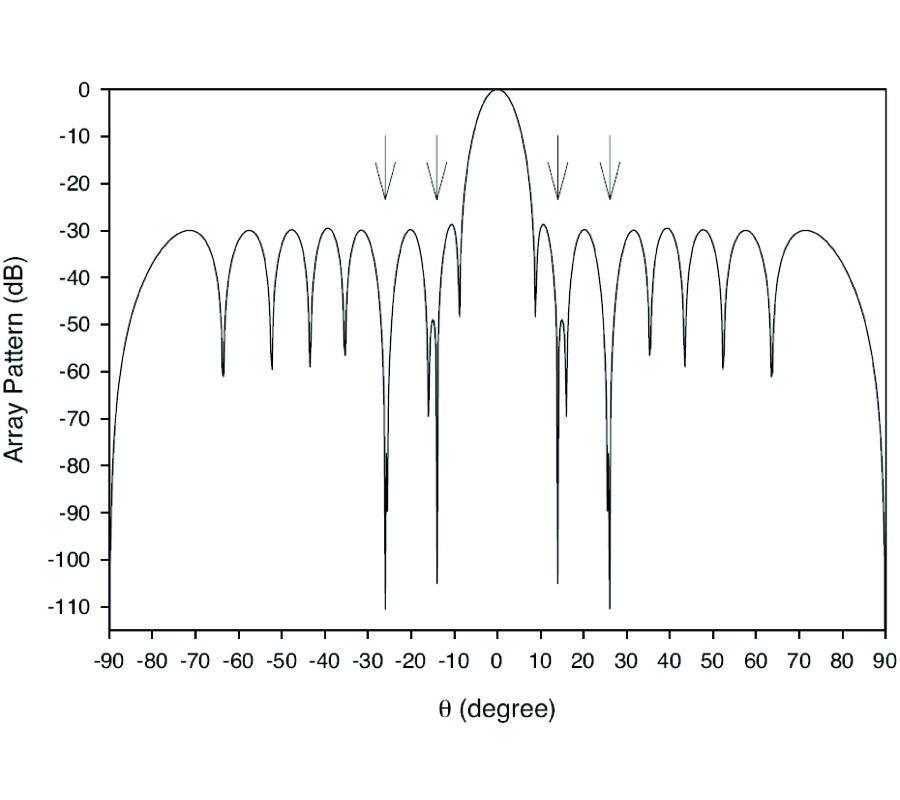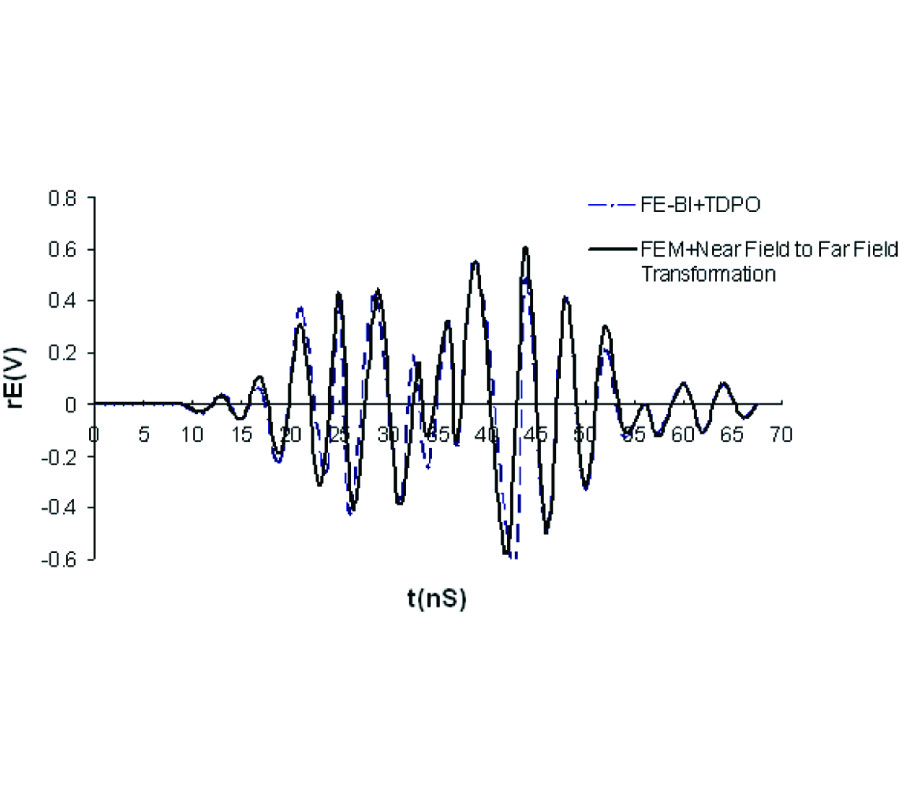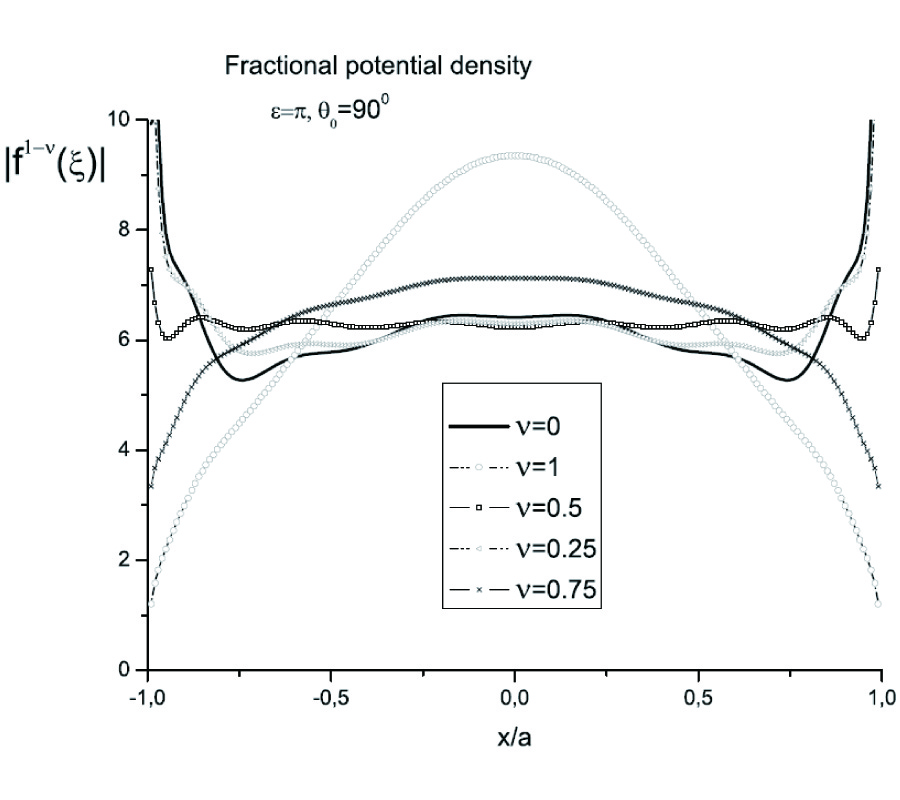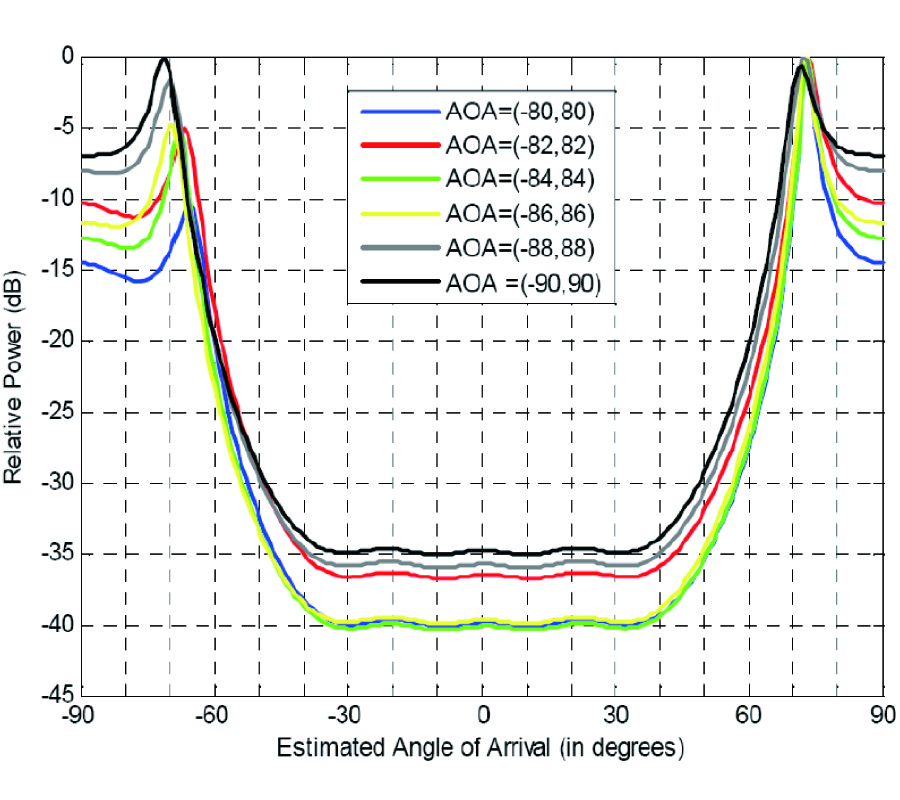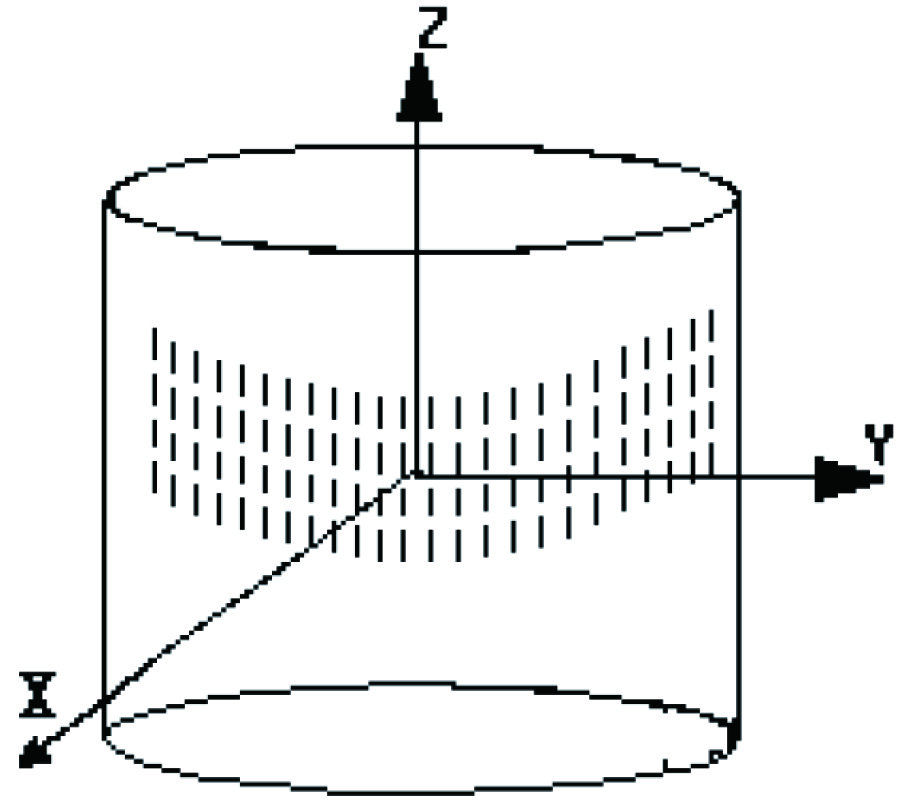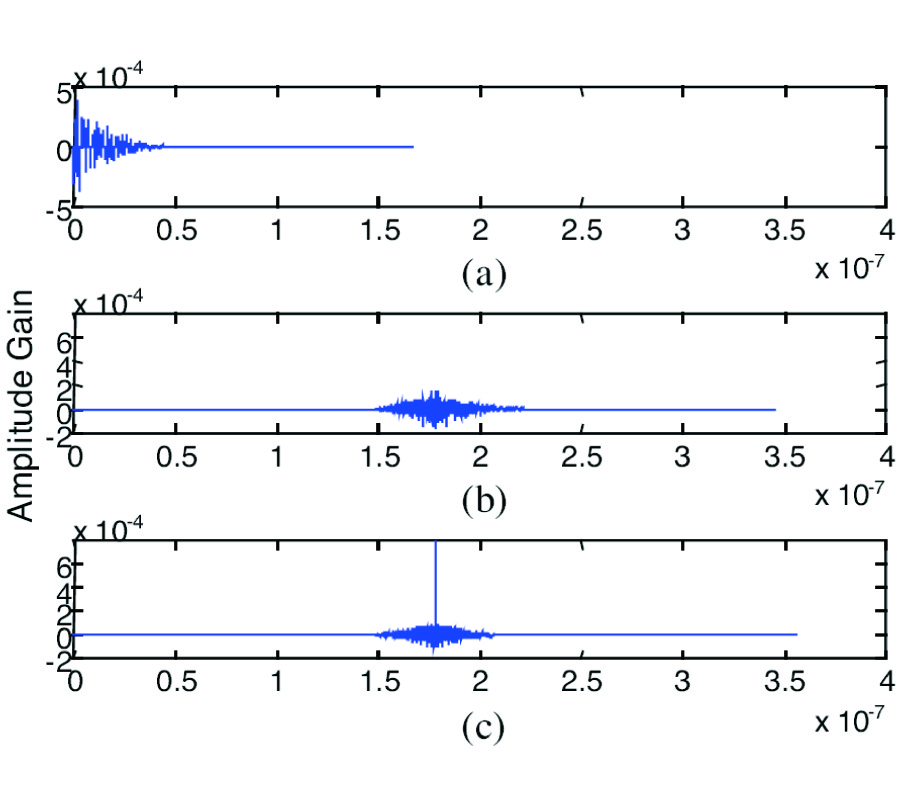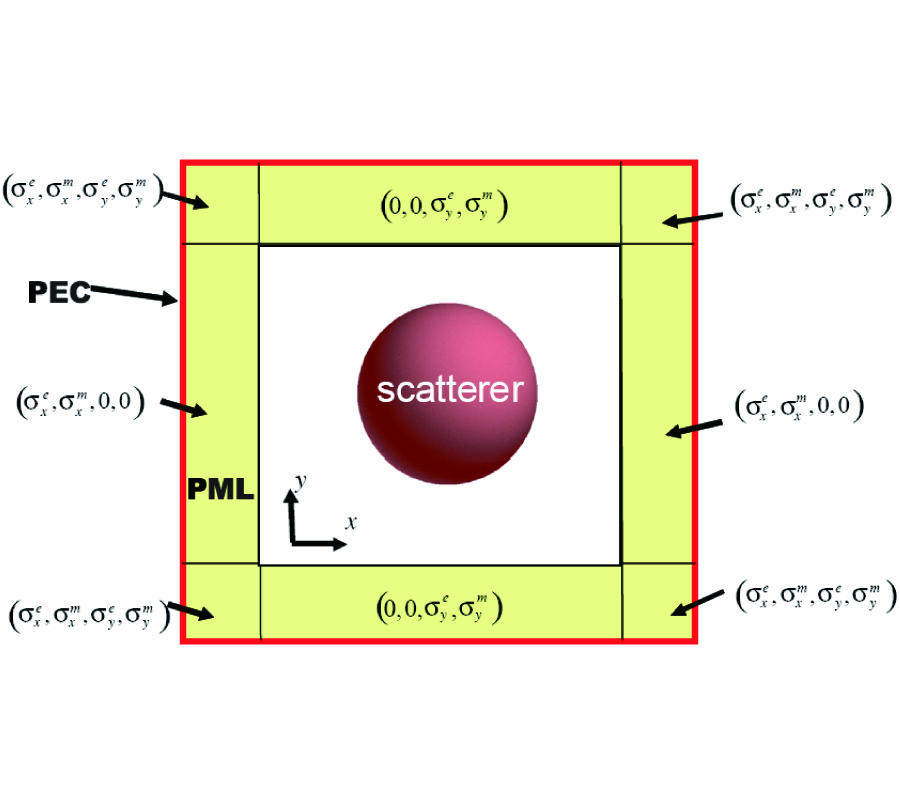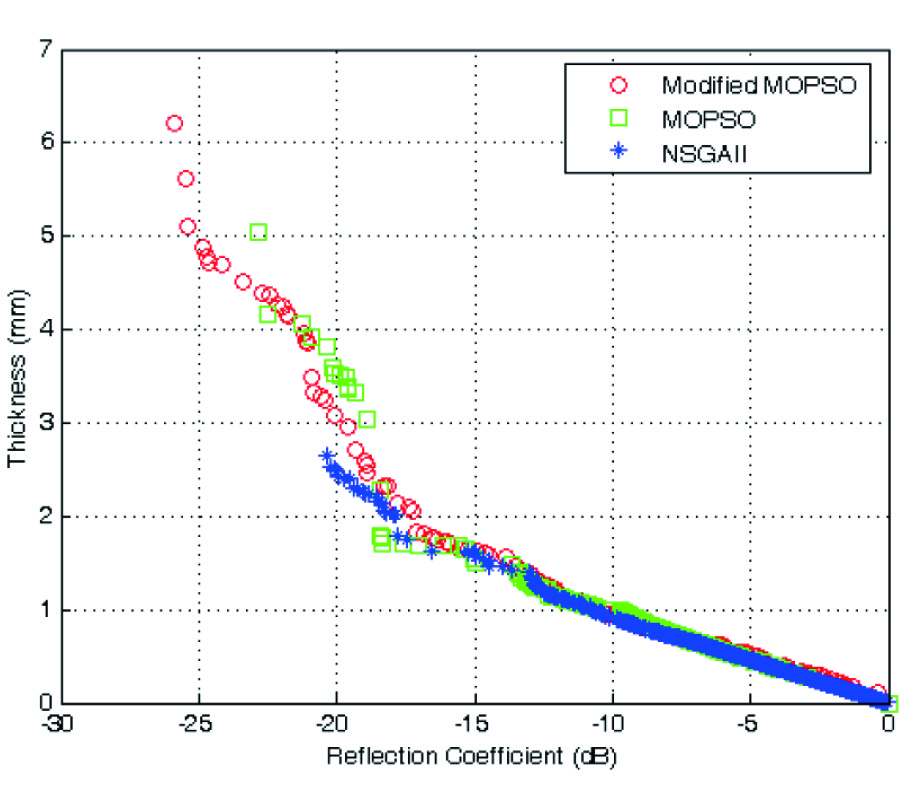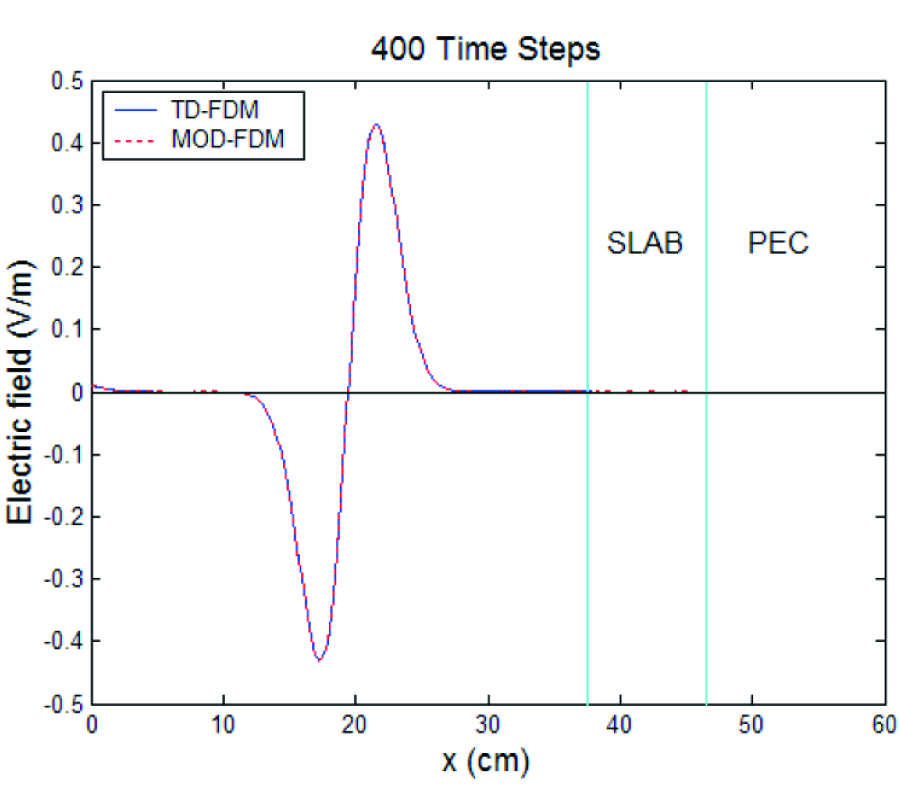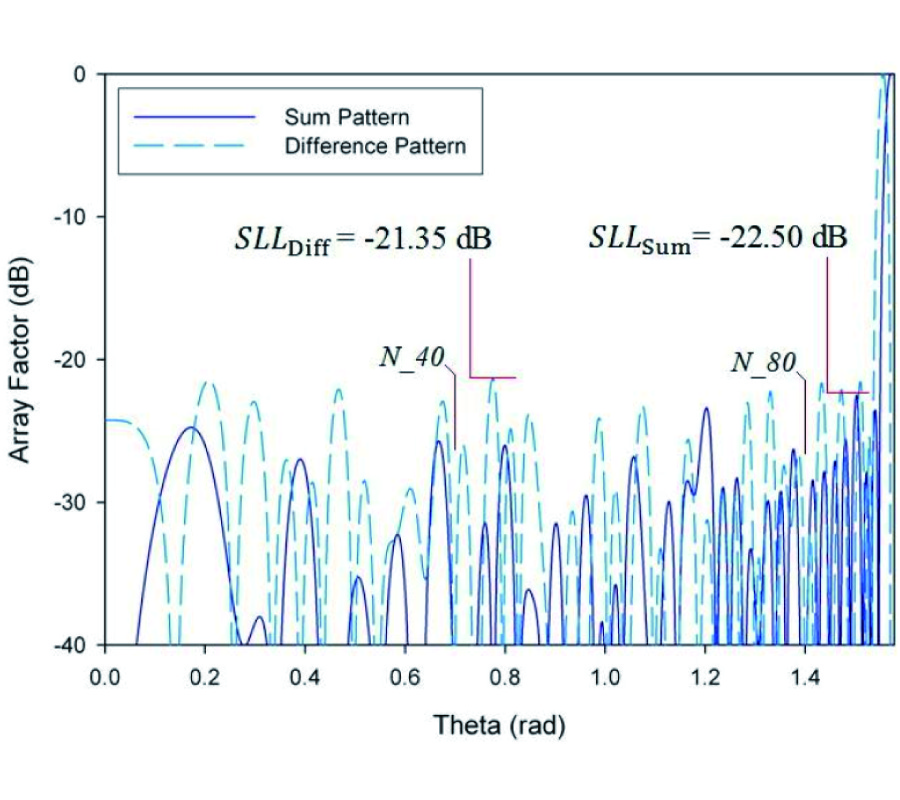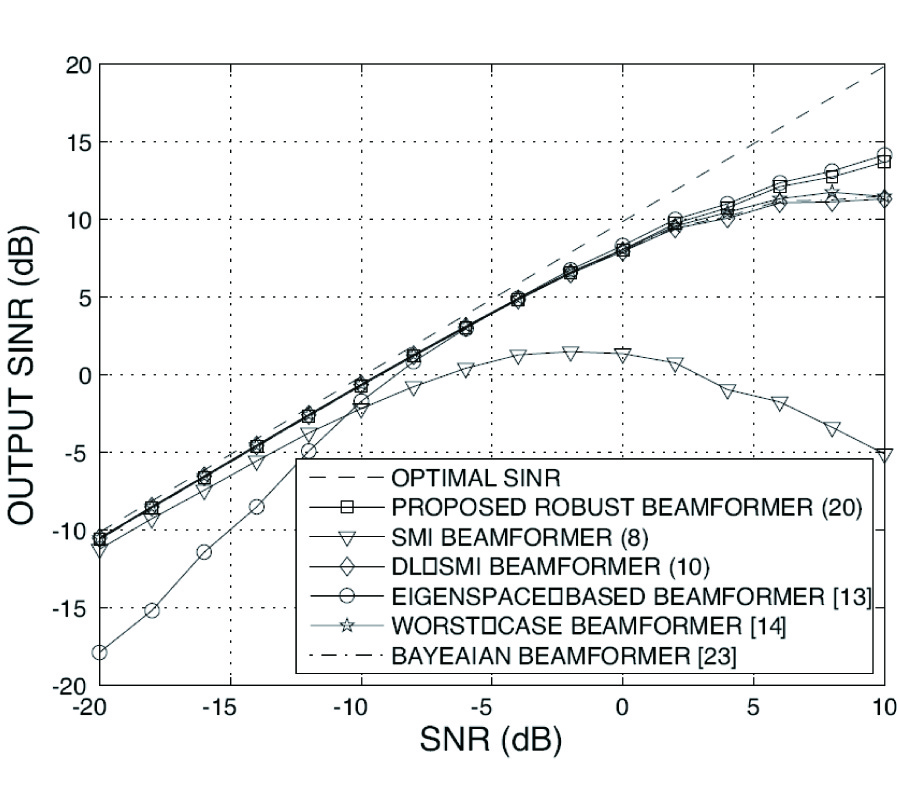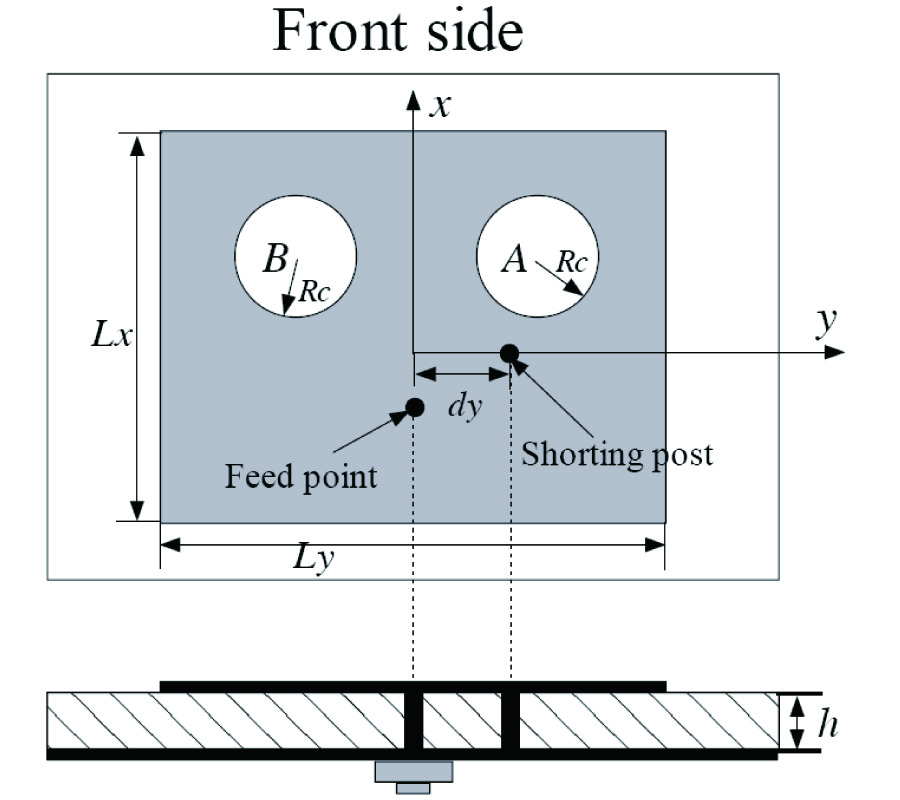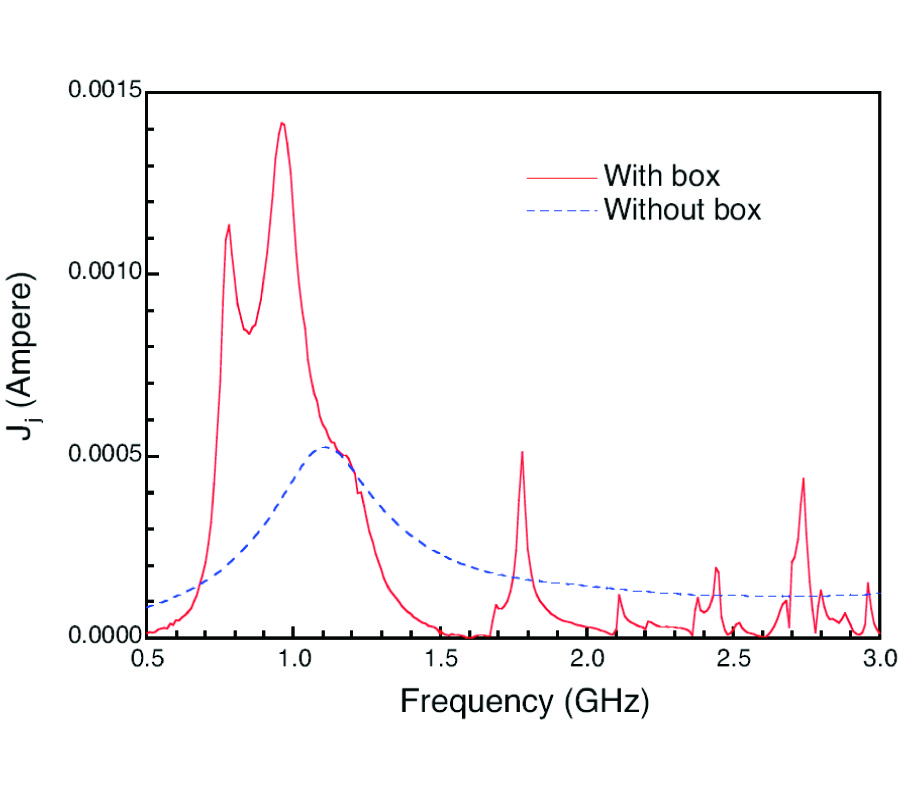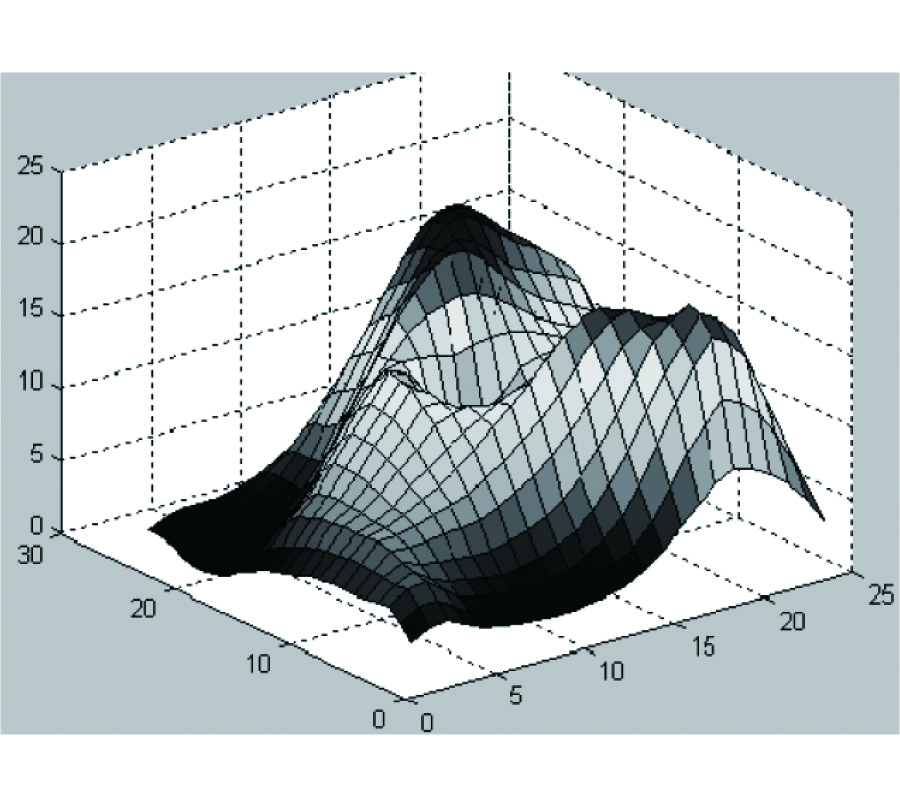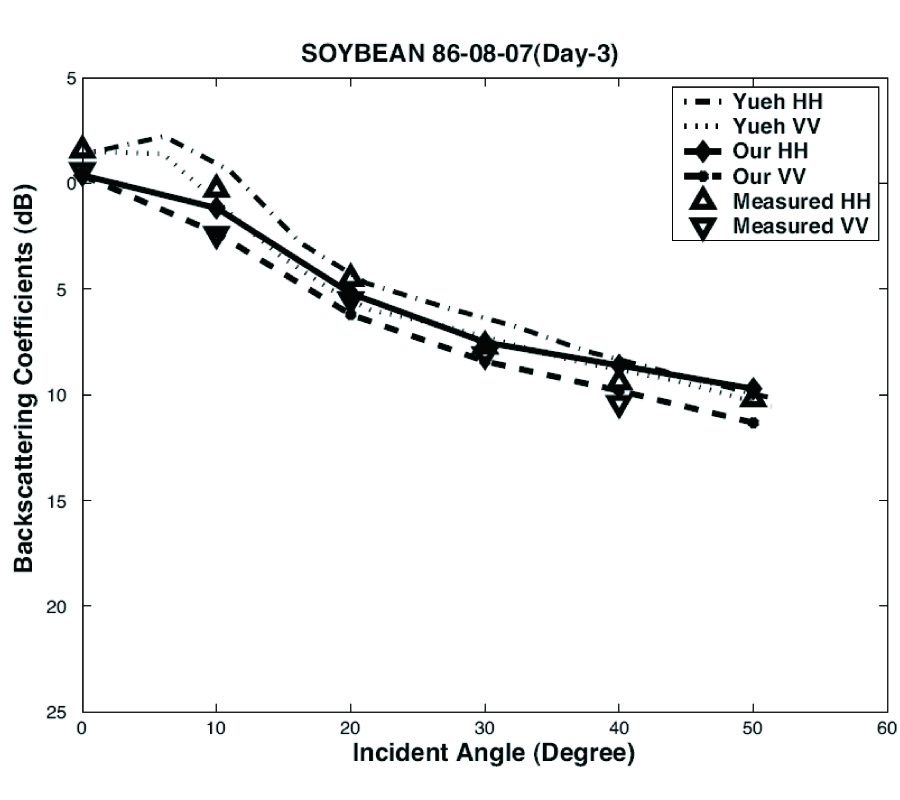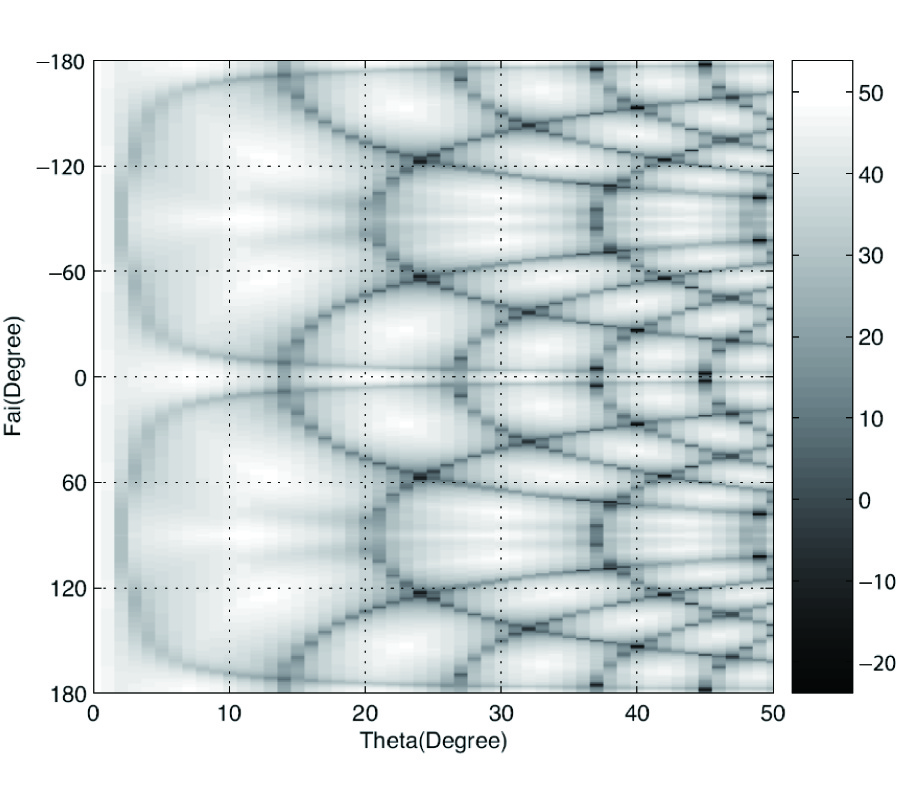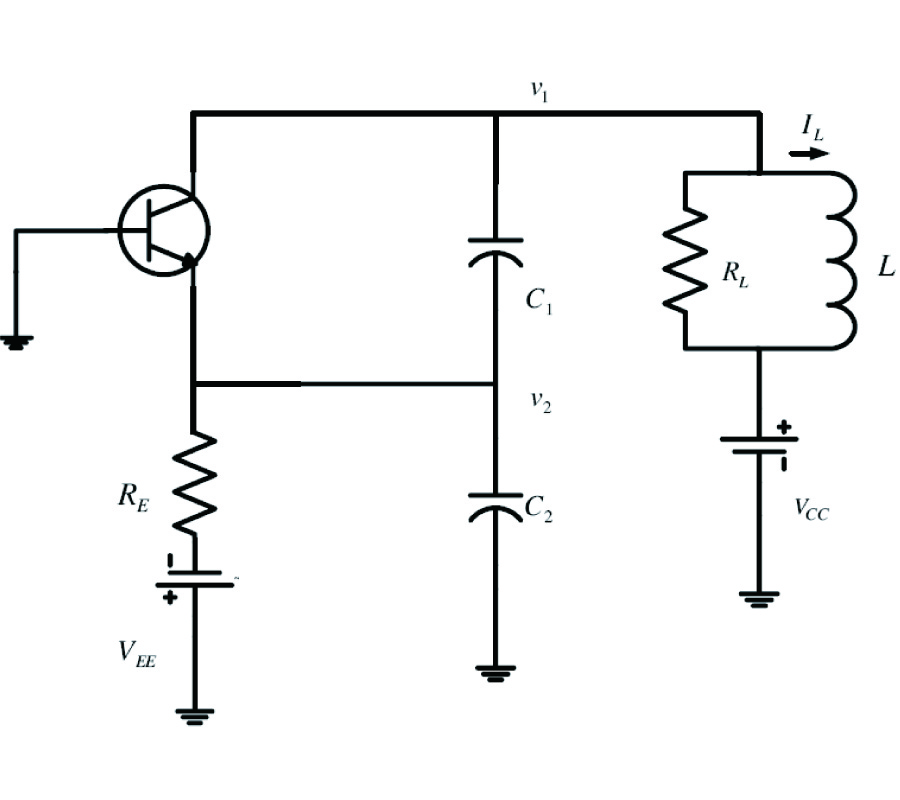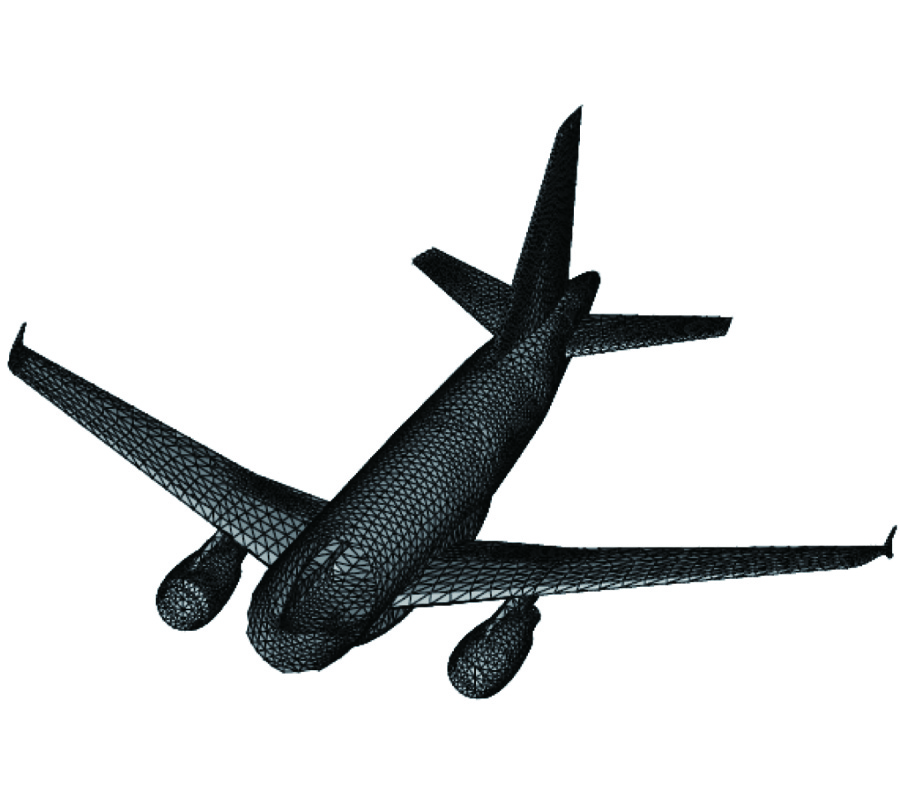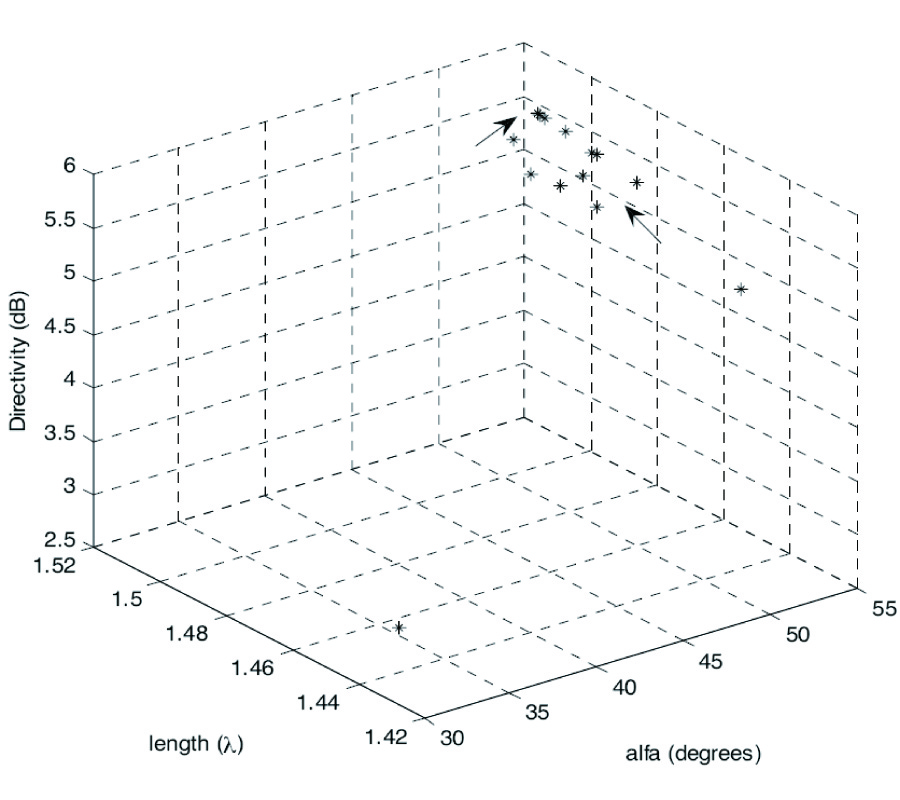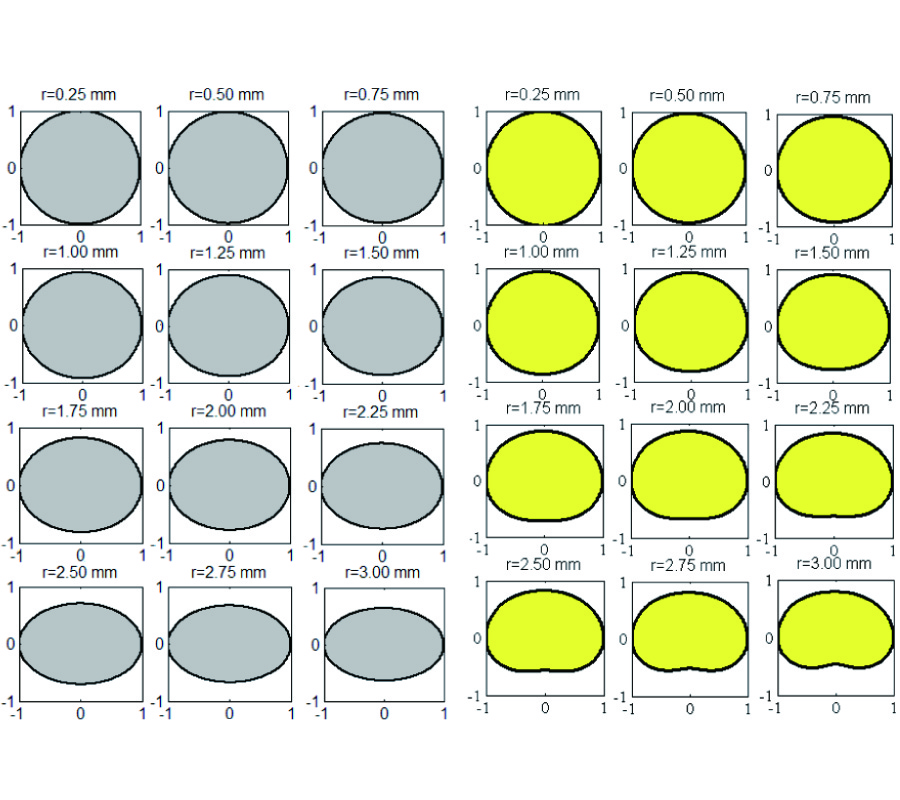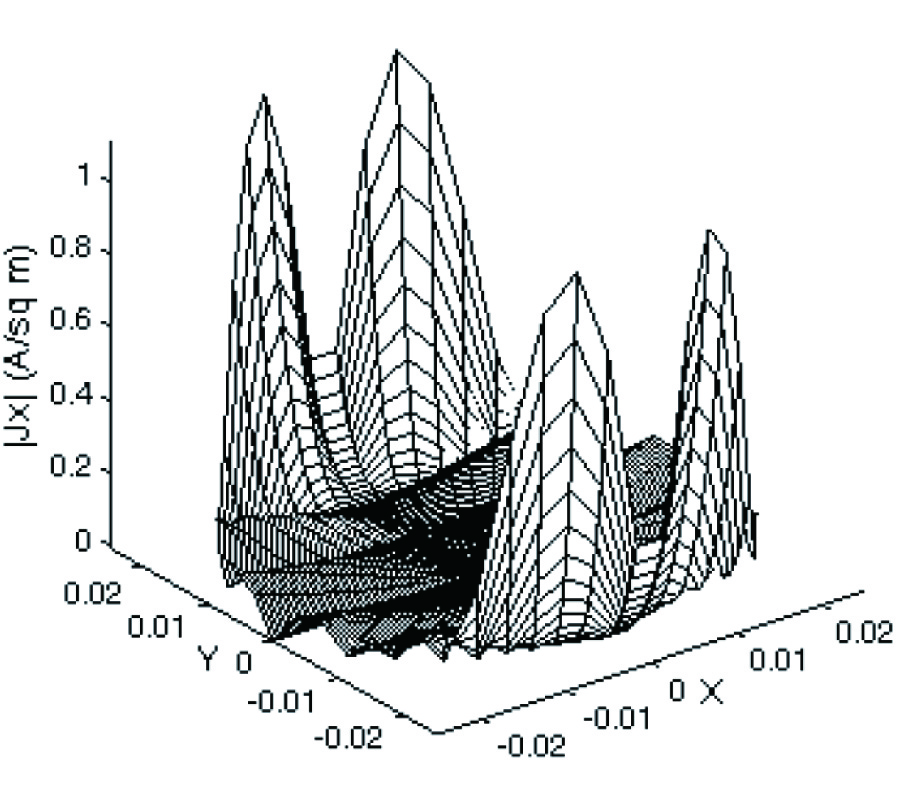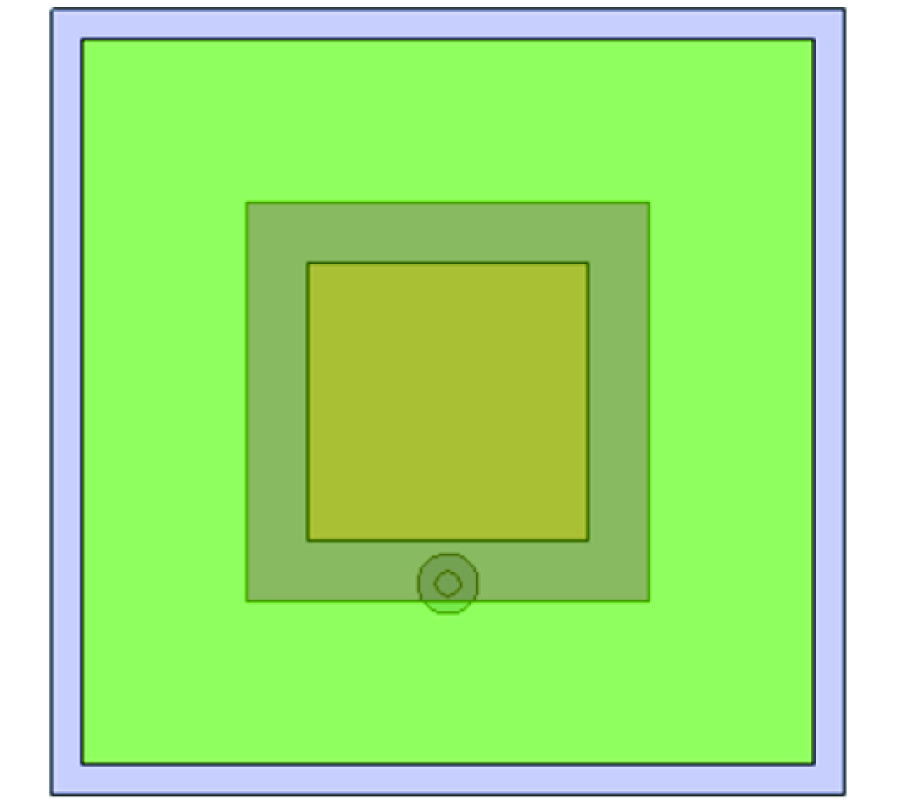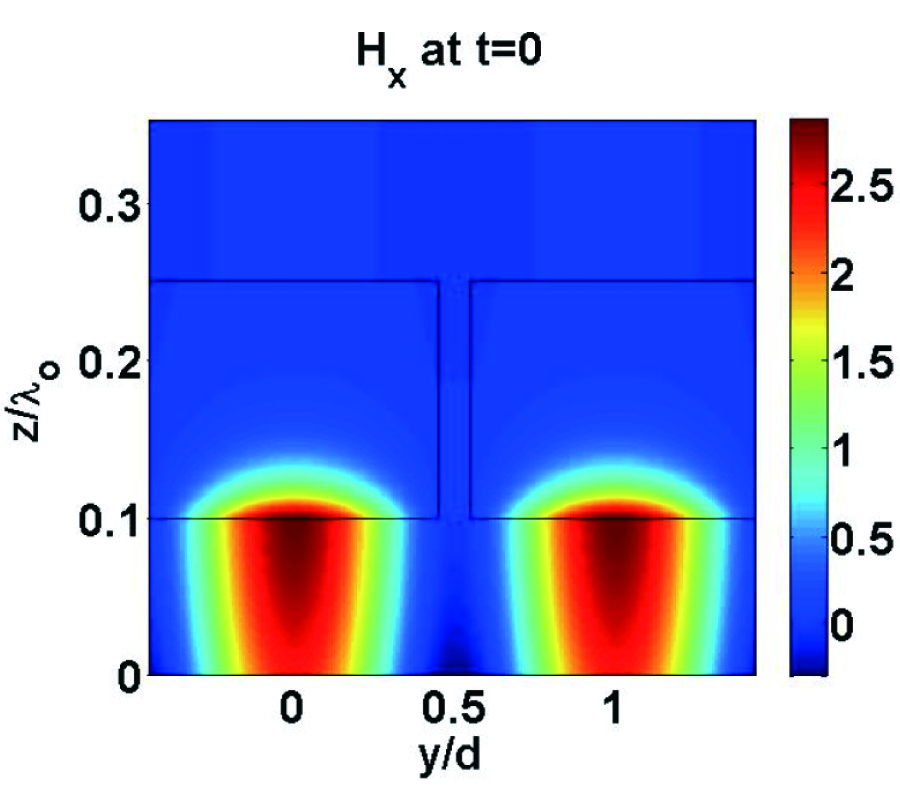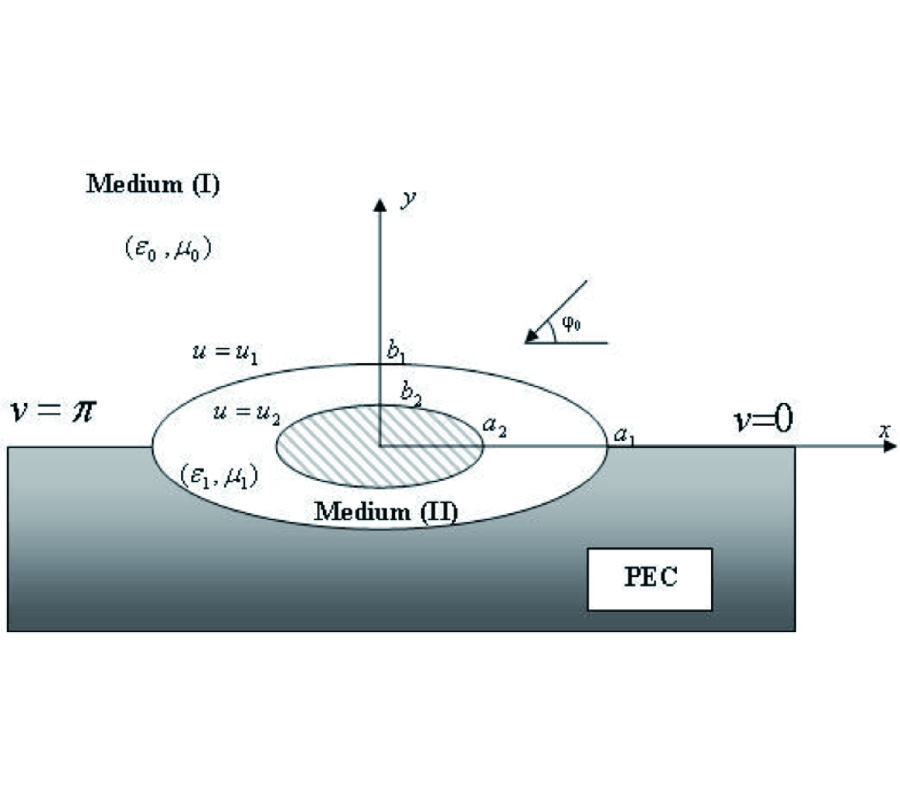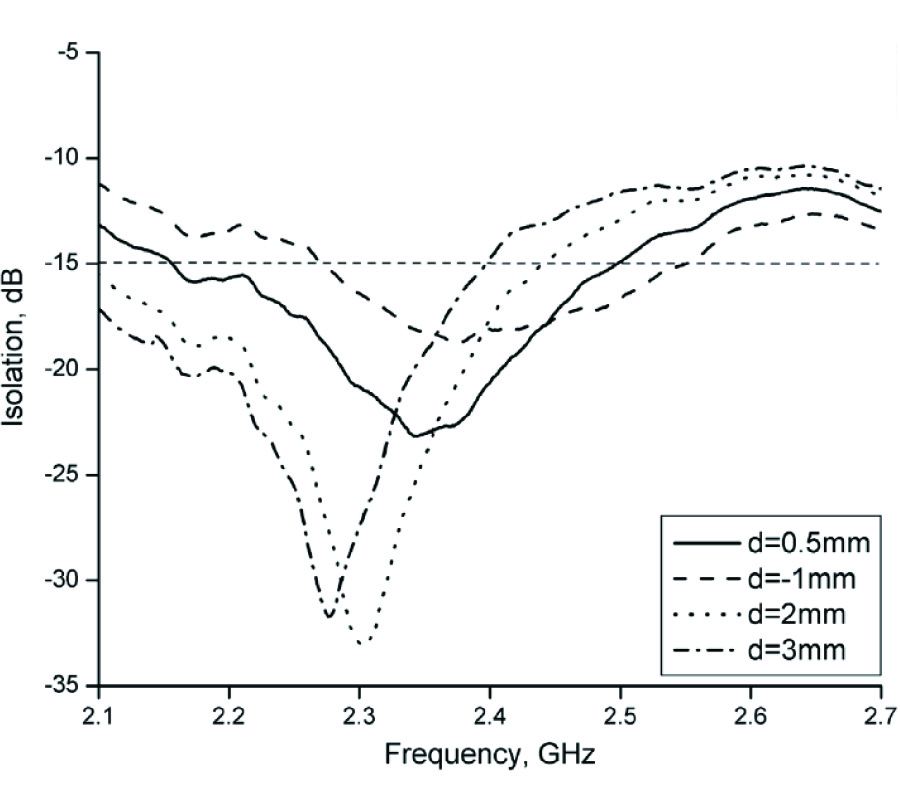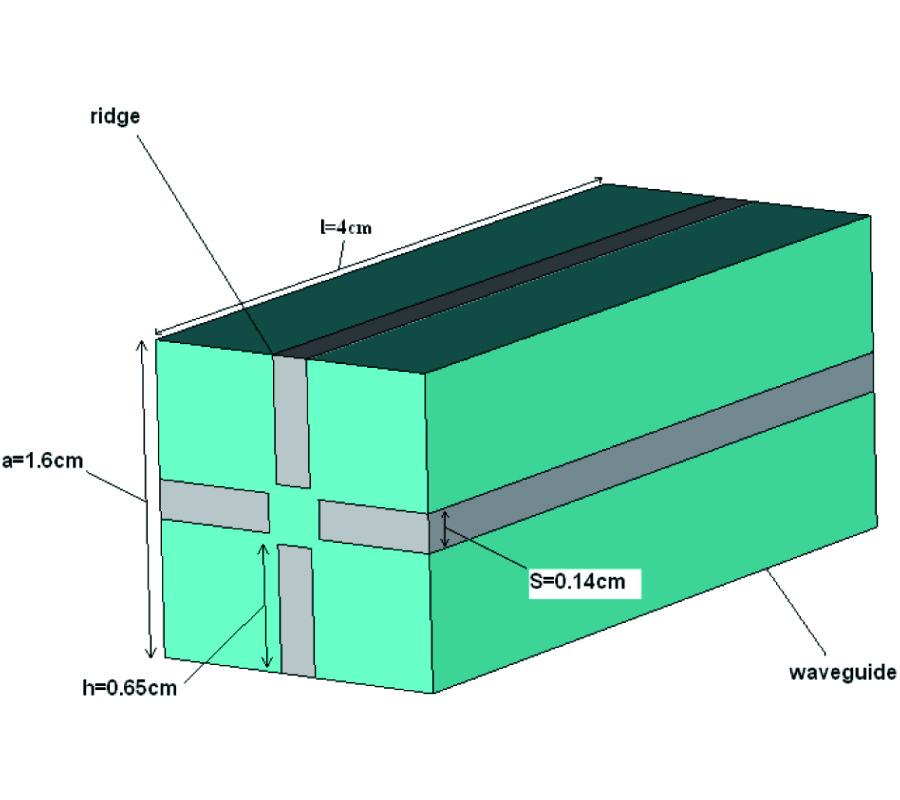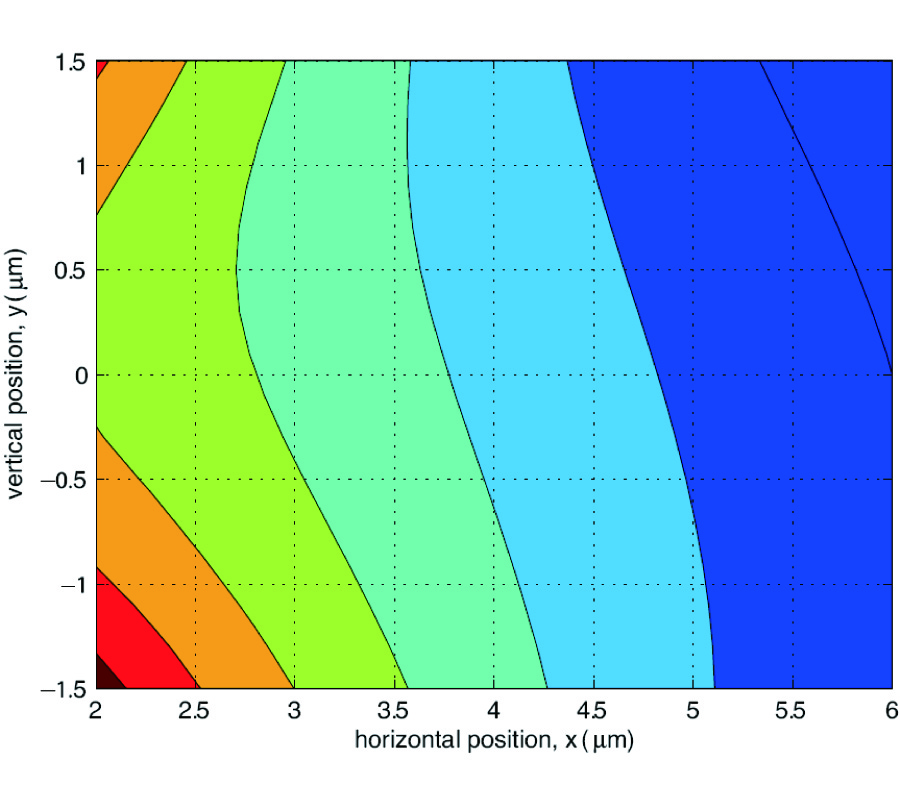Raman Amplification and Superluminal Propagation of Ultrafast Pulses Based on Loop Silicon Waveguides: Theoretical Modeling and Performance
Jian-Wei Wu,
Feng-Guang Luo and
Qing-Tang Zhang
In this paper, we report, for the first time to the best of our knowledge, the detailed modeling and performance of Raman amplification and superluminal propagation of weak ultrafast femtosecond optical pulses in nonlinear loop single mode silicon-oninsulator anomalously dispersive optical waveguides. Using the device, theoretical results for 100-fs signal optical pulse show that when the launch peak power of signal pulse is fixed at −10 dBm, the gain value up to 30 dB can be achieved, and the delay time of superluminal propagation can also be adjusted by changing the system parameters, including initial chirp and peak power of pump pulse, initial delay time between pump and signal pulses, and waveguide length, etc.
